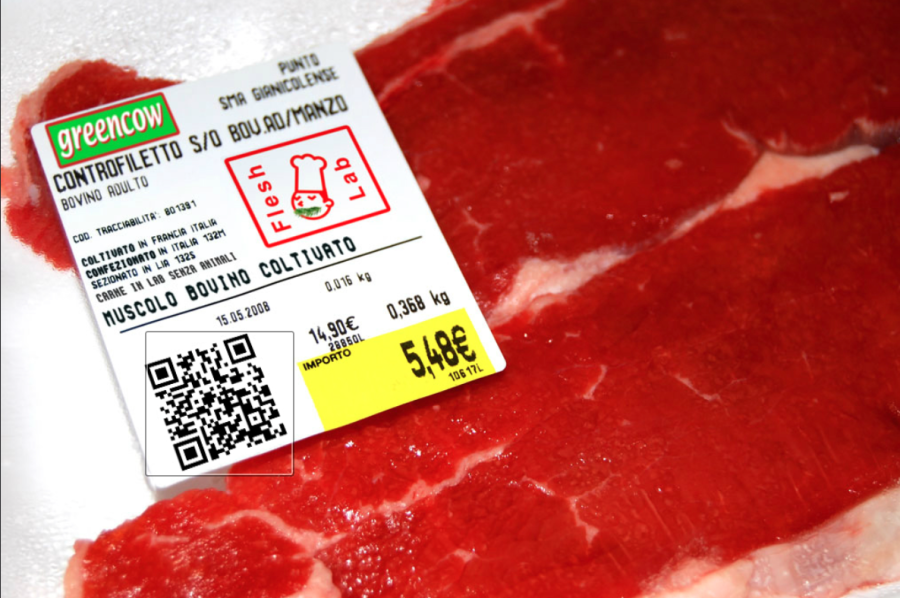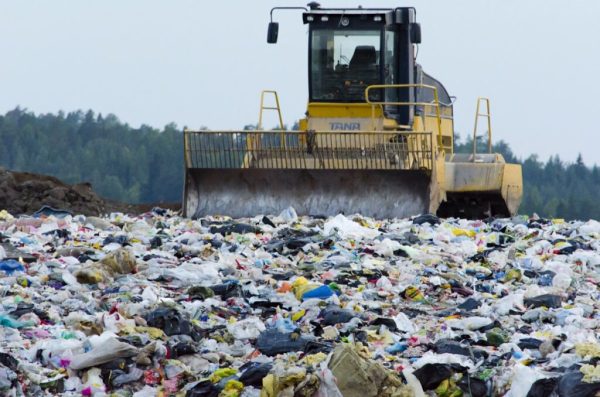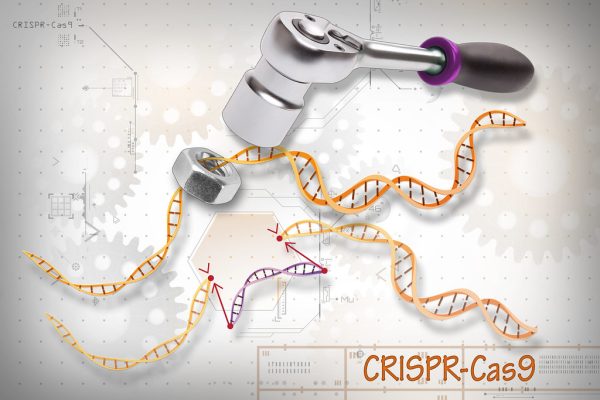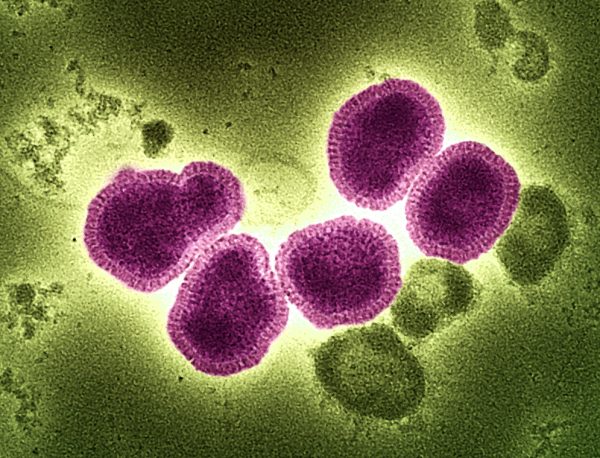Man-Made Meat
Over the past two decades, the idea of lab-grown meat, also referred to as cultured, cultivated, cell-based, or “clean” meat, has gained global popularity. Consumer access to lab-grown meat is rapidly approaching as Silicon Valley start-ups compete to put it on the market. And the stakes are really high. Millions of animals could potentially be saved a lifetime of cruel deaths in factory farms, thanks to lab-grown meat. Each year, 70 billion land animals, and likely trillions of marine animals, are murdered for food. Most of these animals are raised in factory farms, where they spend most of their brief lives brutally abused in filthy, overcrowded circumstances.
Although the phrase “lab-grown beef” may be unsettling, labs are only now becoming involved to aid with continuous research and development. A far cry from the industrial farms that make money from the horrifying exploitation, mistreatment, and slaughter of sentient creatures, lab-grown meat companies will switch out laboratories for facilities that resemble microbreweries once they start producing on a large scale. The creation of lab-grown meat is the delicate excision of a limited number of muscle cells from a living animal. Local anesthetic is often used to ease the animals’ pain during this operation. Like when undergoing a routine blood test at the doctor’s office, the animal will feel a brief twinge of discomfort. The lifetime of suffering and terror that animals endure leading up to their terrifying final moments at the slaughterhouse is significantly more destructive than this method. The cells are then added to a nutrient bath in bioreactors by a lab worker after being extracted. Real muscle tissue is created as a result of the cells’ growth and multiplication, which scientists subsequently mold into edible “scaffoldings.” They can turn lab-grown cells into steak, chicken nuggets, hamburger patties, or salmon sashimi using these scaffoldings. With no need for animal slaughter, the finished product is a real piece of meat that is ready to be marinated, breaded, grilled, baked, or fried.
According to The Human League, “Real meat is raised in laboratories. The flesh of an animal, which is what we typically refer to as “meat,” contains the exact same animal cells. The method by which it reaches your plate makes a difference: While traditional meat comes from an animal that is raised and killed for human use, lab-grown meat is made from cells that are taken from a living animal.¨
A huge drawback of meat consumption is the possible result of chronic disease due to its high cholesterol and saturated fat levels. However, lab-grown meat has the potential to lessen the detrimental effects of meat consumption on health. Food scientists can actually manage the levels of unhealthy cholesterol and saturated fat in each piece of meat when it is raised in a lab. Meat produced in laboratories can help combat the rising problem of antibiotic resistance. Animals at factory farms receive large doses of antibiotics to stay alive in their filthy surroundings. However, using these antibiotics excessively may actually make the bacteria that survive stronger, making medicines useless against them.
The future of food is evolving quickly, from lab-grown meat to a wide range of delectable plant-based items. Redesigning from the current food systems benefits the environment and all living beings.











